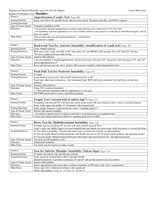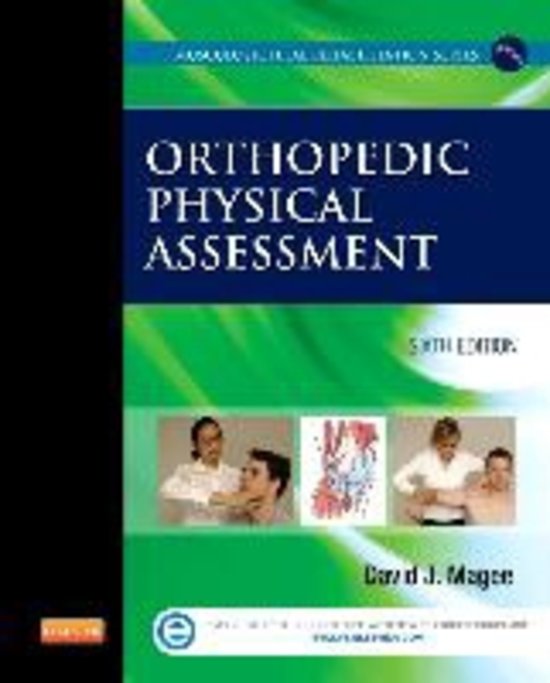Manual
Special Tests of the Shoulder that help with diagnosis
- Course
- Orthopedics
- Institution
- West Coast College Of Massage Therapy
A complete chart of special tests with the procedure, precautions and outcomes for diagnosis of shoulder problems (including different muscle tendonitis, bursitis, instabilities etc.)
[Show more]




